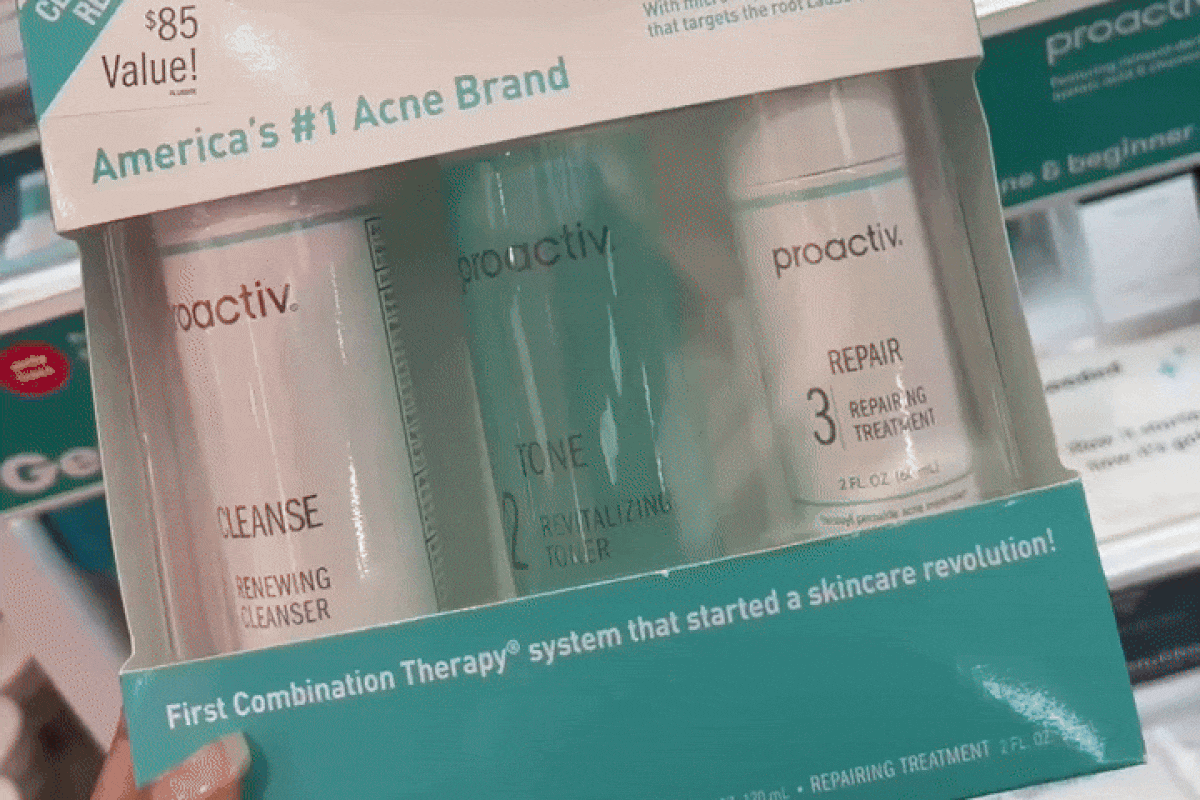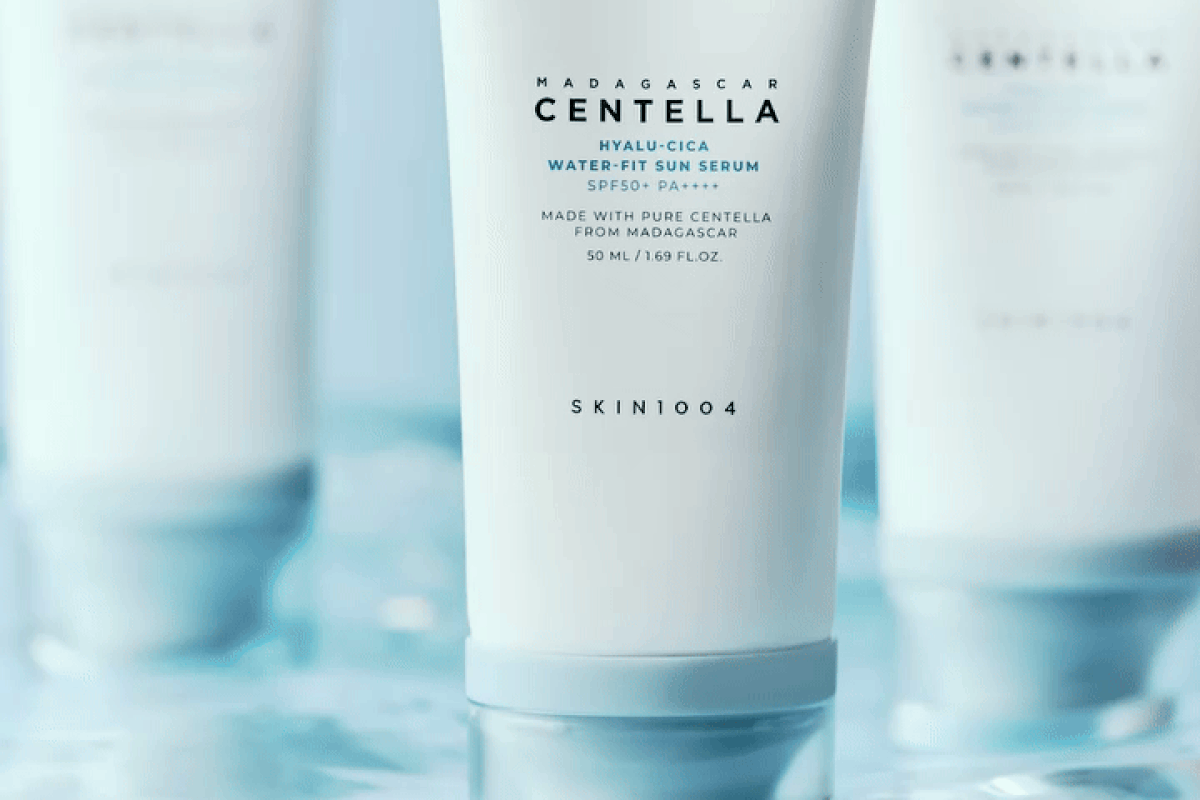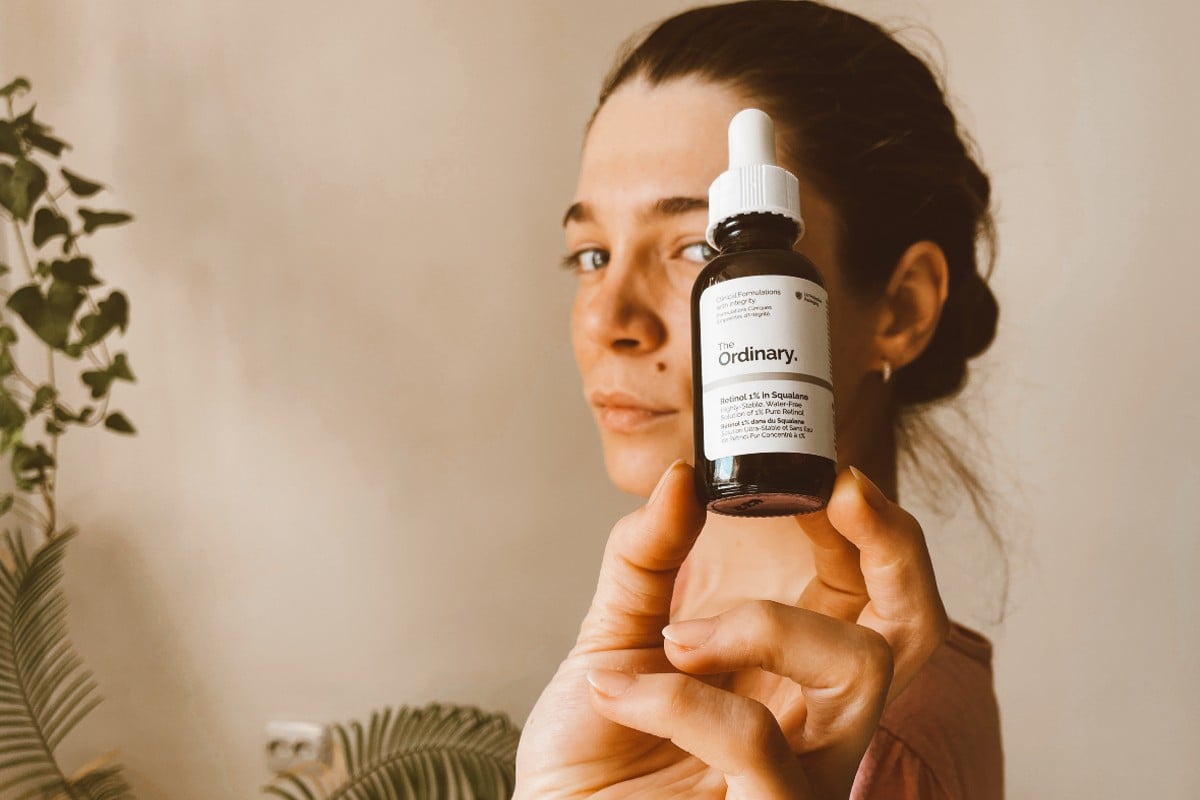This article has been reviewed by Dr. Luisa Fanzani, a Los Angeles-based cosmetic chemist dedicated to educating people on skincare.
Learning how to integrate salicylic acid and vitamin C into your routine can turn out to be one of the best things for your complexion. Before, however, it’s essential to identify whether you’re a good candidate for this skincare duo. In this guide, you’ll find all you need to know about two of the most remarkable ingredients in the skincare scene so you can easily decide whether you need them both. And so, you’ll learn how to layer vitamin C and salicylic acid together to maximize their benefits.
Salicylic acid
Salicylic acid is a chemical exfoliant and a member of the beta-hydroxy acids (BHAs) family. As an exfoliant, it breaks down the bonds between dead cells so that they can slough off more quickly. It’s important to note that salicylic acid is soluble in oil, which makes it easier to reach the pores and go beyond the surface layer. For this reason, it’s often used to unclog pores and diminish dark spots, sun damage, and roughness.[1]
Salicylic acid also has anti-inflammatory and antibacterial benefits, while its ability to exfoliate and encourage cell renewal gives it collagen-boosting properties. Another fact about salicylic acid is that it inhibits UVB-induced sunburn, so it can be effective at protecting the skin from sun damage.[2]
So far, so good, but the thing with salicylic acid is that it must be formulated at an acidic pH (between 3 and 4) to work optimally. This can be slightly too acidic for the skin and disrupt its natural pH levels. You need to keep that in mind when you combine skincare ingredients, and it’s especially important to successfully use salicylic acid and vitamin C together.
All things considered:
- Salicylic acid is a potent acne fighter that balances excess sebum, decongests pores, and diminishes breakouts. It can also tackle hyperpigmentation, improve photodamaged skin, and smooth rough texture.
- People with dry and sensitive skin may not tolerate well high concentrations of salicylic acid (2% is the highest in OTC products) since it tends to be drying.
- Common side effects of using skincare products with salicylic acid include redness, tingling, dryness, burning, and irritation.
Vitamin C
Vitamin C is an antioxidant nutrient that neutralizes free radicals and stops them from damaging the skin, helping to prevent photoaging. Moreover, it brightens dark spots and improves skin tone by inhibiting the tyrosinase enzyme (responsible for dark pigment production).
Vitamin C is also an essential cofactor for the two main enzymes required for collagen synthesis, a protein necessary to maintain skin structure and elasticity. This is why it’s a potent ingredient to support skin aging.[3] Finally, vitamin C has a key role in moisturizing the skin since it’s required to form ceramides, lipids that make up about 50% of the outer skin layer and are critical for the moisture barrier.[4]
FYI, ascorbic acid is the pure form of vitamin C, and while it’s the most potent form, it’s highly unstable and rapidly oxidizes in the presence of light and heat. Also, for ascorbic acid to be effective, it needs to be formulated at a pH of 3.5 or lower, which can irritate easily reactive skin. For these reasons, more stable and gentle forms of vitamin C are available, such as ascorbyl glucoside, sodium ascorbyl phosphate, and magnesium ascorbyl phosphate. In order to deliver the benefits, these forms need to be converted into ascorbic acid by the body, so they’re less potent but also gentler. Assessing which form of vitamin C is the best for your skin can be a great help in your skincare journey.
All things considered:
- Vitamin C is a multi-duty antioxidant that protects, brightens, firms, and moisturizes the skin.
- Like salicylic acid, it needs to be formulated at a low pH of 3-3.5%.
- Even though most people tolerate it well, it can cause bad reactions when used in high concentrations (such as 20%), especially in those with problematic skin.
- Common side effects of vitamin C include itching, redness, irritation, and tingling.
Can you use salicylic acid and vitamin C together?
Yes, vitamin C and salicylic acid work well together and can have tremendous benefits for your skin if you’re concerned about excess oil, acne, clogged pores, hyperpigmentation, sun damage, and inflammation.
For reference, a clinical trial has found that the combination of salicylic acid and vitamin C is a more effective treatment for melasma compared to using salicylic acid alone. The study showed that the use of both ingredients together resulted in a significant improvement in skin tone and was well tolerated by most patients.[5]
On the other hand, if your skin is sensitive or dry or reacts to potent actives, I highly suggest avoiding using salicylic acid with vitamin C. Obviously, this mostly depends on what products you use and their strength, but in general, both ingredients have a bad history with sensitive and dry complexions.
How to use salicylic acid and vitamin C together
Since both require a low pH, you should approach this duo with caution to avoid irritation. If you have decided to add salicylic acid and vitamin C to your skincare routine, this is how you can use them together:
Apply them at different times of the day
The best way to use salicylic acid and vitamin C is to apply them at different times of the day. Because salicylic acid is an exfoliant, it can make the skin sensitive to the sun, so it’s best if you apply it at night. And how vitamin C is an antioxidant, you want to use it in your AM routine to keep you defended against free radical damage. So, the equation is pretty simple: use vitamin C in the morning and salicylic acid in your nighttime skincare regimen.
Layer them together
If, for instance, you use a salicylic acid toner and vitamin C in a serum or moisturizer (or vice versa), you can use them together if your skin doesn’t react. Consider adding new products into your routine one at a time and observe how your complexion reacts to each of them.
Use products that contain both
The easiest way to apply salicylic acid and vitamin C is to use products that contain both since most are optimally formulated not to bother the skin’s pH. Here are some of our favorite products:
- SkinCeuticals Silymarin CF
- Murad Invisiscar Resurfacing Treatment
- Image Skincare Ageless Total Resurfacing Masque
- La Roche-Posay Pure Vitamin C10
What else
- If you had bad reactions from using salicylic acid and vitamin C together, it’s best to cut one product at a time to identify the culprit. If salicylic acid bothered your skin, lower the concentration, and in case of vitamin C was the culprit, try other gentler forms such as ascorbyl glucoside.
- Luisa points out that “for people with acne-prone skin, it’s better to use sodium ascorbyl phosphate (SAP) and salicylic acid (instead of ascorbic acid and salicylic). This is because SAP was proven in more studies to be effective for treating acne.”[6]
- Your moisturizing regimen is important to increase your skin tolerance to vitamin C and salicylic acid. Ideally, use a reparative moisturizer at night filled with replenishing ingredients like ceramides, fatty acids, and cholesterol to support skin recovery and strengthen the epidermal barrier.
- Avoid retinol, AHAs, and benzoyl peroxide while using vitamin C and salicylic acid. Your skin is already overwhelmed by these two powerhouses, so you don’t want to trouble it even more.
- Opt for a gentle and hydrating cleanser and avoid products with sulfates, alcohol, and astringents because they can strip the skin of moisture and dehydrate it.
Final words
In the skincare world, vitamin C and salicylic acid are some of the most popular actives, praised for their abilities to fight acne, fine lines, dark spots, and swelling. However, vitamin C is better at supporting aging skin, while salicylic acid benefits more oily and breakout-prone complexions. At the end of the day, you can use these powerhouses together if they benefit your skin and you don’t encounter bad reactions like redness, irritation, or swelling.
Footnotes
Women’s Concepts uses reliable sources, including dermatologists’ insights, clinical trials, and scientific journals, to find accurate information and support all the facts shared in our articles. All statements and claims have clear and legit references. Read our editorial policy to learn more about our sources of information, our process of researching and fact-checking the content, and how our team strives to keep all articles updated, completed, and trustworthy.
- Arif T. Salicylic acid as a peeling agent: a comprehensive review. Clin Cosmet Investig Dermatol. 2015 Aug 26;8:455-61. doi: 10.2147/CCID.S84765. PMID: 26347269; PMCID: PMC4554394.
- Mammone T, Gan D, Goyarts E, Maes D. Salicylic acid protects the skin from UV damage. J Cosmet Sci. 2006 Mar-Apr;57(2):203-4. PMID: 16758568.
- Al-Niaimi F, Chiang NYZ. Topical Vitamin C and the Skin: Mechanisms of Action and Clinical Applications. J Clin Aesthet Dermatol. 2017 Jul;10(7):14-17. Epub 2017 Jul 1. PMID: 29104718; PMCID: PMC5605218.
- Kim KP, Shin KO, Park K, Yun HJ, Mann S, Lee YM, Cho Y. Vitamin C Stimulates Epidermal Ceramide Production by Regulating Its Metabolic Enzymes. Biomol Ther (Seoul). 2015 Nov;23(6):525-30. doi: 10.4062/biomolther.2015.044. Epub 2015 Nov 1. PMID: 26535077; PMCID: PMC4624068.
- Balevi A, Ustuner P, Özdemir M. Salicylic acid peeling combined with vitamin C mesotherapy versus salicylic acid peeling alone in the treatment of mixed type melasma: A comparative study. J Cosmet Laser Ther. 2017 Oct;19(5):294-299. doi: 10.1080/14764172.2017.1314501. Epub 2017 Apr 7. PMID: 28388246.
- Klock J, Ikeno H, Ohmori K, Nishikawa T, Vollhardt J, Schehlmann V. Sodium ascorbyl phosphate shows in vitro and in vivo efficacy in the prevention and treatment of acne vulgaris. Int J Cosmet Sci. 2005 Jun.





![Does resveratrol in red wine benefit your skin? While sipping on a glass of red wine can be a delightful experience, relying on it for skincare benefits is not the best idea. Sure, red wine contains a smidge of resveratrol, but let's put things into perspective. The concentration of resveratrol in red wine is relatively low. Red wines, specifically Pinot noir from France, typically contain 0.361-1.972 mg of resveratrol per liter.[8] To hit that reference dose of 500mg of resveratrol, you'd need to drink a lot of wine. We're talking about downing anywhere from 100 to 1000 glasses per day. It's a scene straight out of a wine lover's wildest dreams, but definitely not the healthiest approach. Resveratrol Benefits for Skin](https://womensconcepts.com/wp-content/uploads/2022/03/Resveratrol-Benefits-for-Skin.jpg)



